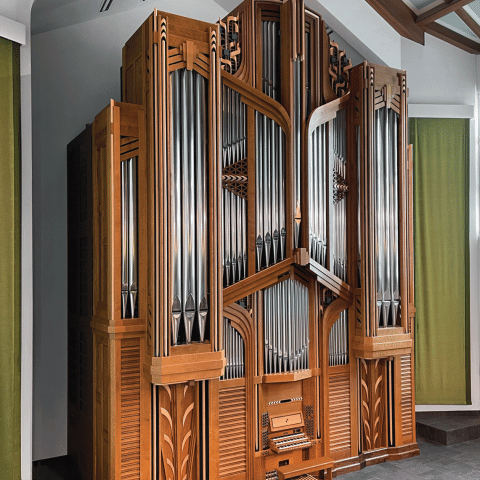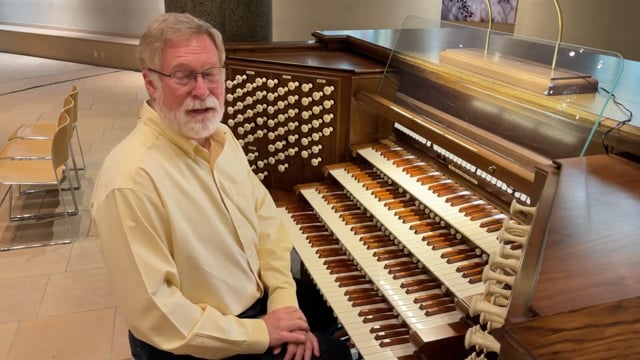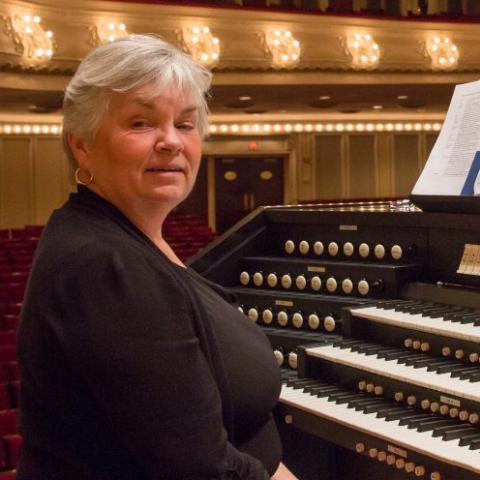Dr. Stephan Casurella plays Victimae Paschali, by Charles Tournemire, on Richards, Fowkes & Co. Opus 24 at Christ Church Cathedral, Cincinnati, Ohio. The organ comprises 59 stops, 78 ranks, and 3,806 pipes; three manuals and pedal. For information: https://www.richardsfowkes.com/
Richards, Fowkes & Co. Opus 24 is featured on the cover of the May 2021 issue of The Diapason.
Dr. Casurella is Canon Precentor and Director of Music at Christ Church Cathedral, and holds doctor of musical arts degree in church music (organ emphasis) from the University of Kansas. Prior to his tenure at Christ Church, he held positions at various churches, including Our Saviour Lutheran Church in Kansas City, Kansas (1998–2006), and Village Presbyterian Church in Prairie Village, Kansas (2006–2009). He also taught music at Avila College (1996–2000). For information: https://cincinnaticathedral.com/





